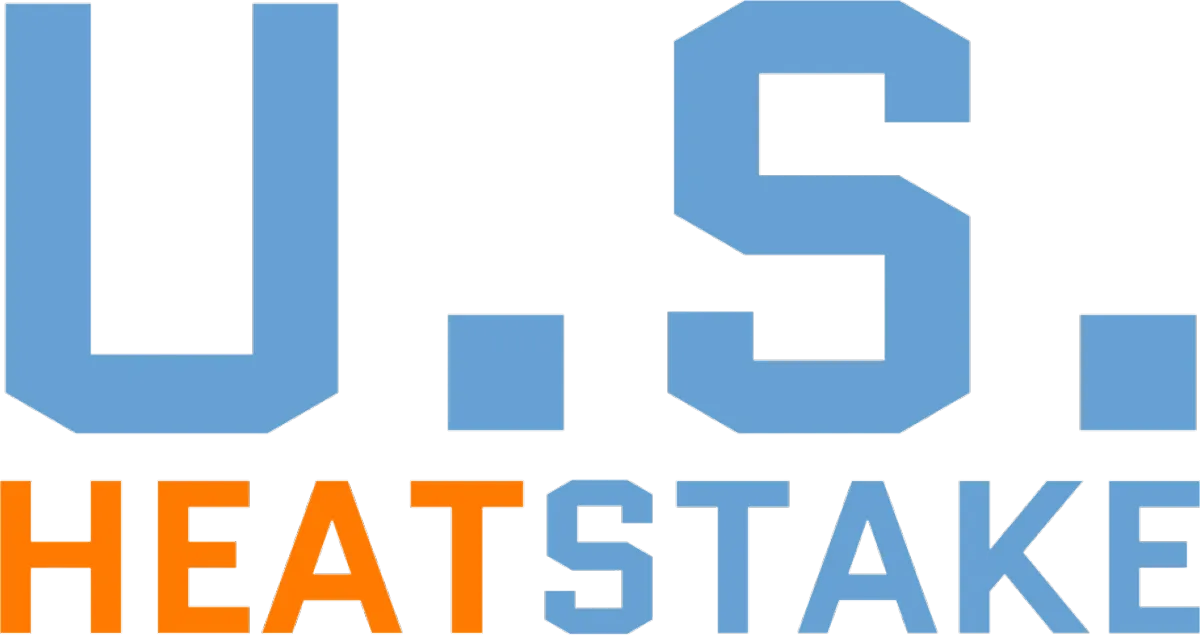Frequently Asked Questions
At U.S HeatStake, we understand that you may have questions about our staking services and how we can assist your manufacturing needs. Here are some frequently asked questions to provide you with the information you're looking for:
Frequently Asked Questions
At U.S HeatStake, we understand that you may have questions about our staking services and how we can assist your manufacturing needs. Here are some frequently asked questions to provide you with the information you're looking for:
Understanding the Process and Its Benefits
What is staking?
Staking is a process used in manufacturing to securely join components together by forming a mechanical bond. It involves applying heat, pressure, or ultrasonic vibrations to create a strong and reliable connection.
What industries can benefit from U.S. HeatStake's services?
U.S. HeatStake's services are applicable to a wide range of industries, including automotive, aerospace, electronics, medical devices, consumer goods, and more. Our staking solutions are versatile and can be tailored to meet the specific needs of various industries.
Can U.S. HeatStake's services be integrated into existing assembly lines?
Yes, our staking solutions are designed to be easily integrated into existing assembly lines. We work closely with our clients to understand their production processes and provide seamless integration of our staking solutions, minimizing downtime and disruption.
What sets U.S. HeatStake apart from other staking solution providers?
U.S.HeatStake stands out for several reasons. We offer a comprehensive range of staking services using different techniques, ensuring we can address various application requirements. Our expertise, commitment to quality, and focus on customer satisfaction set us apart. We also provide personalized solutions, quick turnaround times, and ongoing support to our clients.
About Our Process
What types of materials can be heat staked?
Heat staking is typically used with thermoplastic materials, such as PC, ABS, PP, and nylon.
What is the process of heat staking?
Heat staking involves using a heated stake or tool to melt and form one thermoplastic part into another. The parts are held together until the plastic cools and solidifies.
What are the benefits of heat staking?
Heat staking provides a strong, permanent bond between two parts without the need for additional adhesives or fasteners. It is also a relatively fast and cost-effective process.
What factors affect the quality of a heat staking joint?
The quality of a heat staking joint depends on factors such as the temperature of the staking tool, the pressure applied during the process, and the properties of the thermoplastic materials being joined.
What are some common applications for heat staking?
Heat staking is often used in the automotive, electronics, and medical device industries to join plastic components such as switches, connectors, and housings.
Can heat staking be used with metal parts?
No, heat staking is typically used only with thermoplastic materials. However, metal parts can be mechanically secured to plastic parts using heat staking.
Didn’t Find What You Were Looking for?
We’re happy to help! Fill out the form on this page and we’ll get back to you as soon as we can.
Didn’t Find What You Were Looking for?
We’re happy to help! Fill out the form on this page and we’ll get back to you as soon as we can.
QUICK LINKS
©2025 U.S. Heatstake | Internet Marketing Powered by ROI Online an Internet Marketing Agency ®
QUICK LINKS
©2025 U.S. Heatstake
Internet Marketing Powered by
ROI Online an Internet Marketing Agency ®
